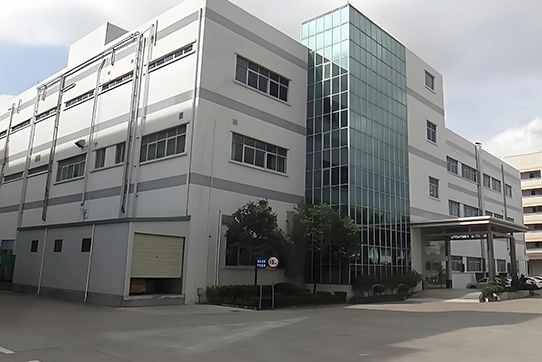Inductors are essential components in electrical circuits, enabling the flow of electricity by providing the necessary voltage. Without an inductor, current cannot be generated, rendering the circuit ineffective. An inductor consists of a coil and a core, typically made from ferromagnetic materials like iron or steel. When current flows through the coil, it generates a magnetic field that induces self-induction, a process where the field resists the current flow. This resistance intensifies as more charge passes through each coil turn, strengthening the magnetic field and continuing the cycle until all energy is depleted.
Iron core inductors are primarily employed in power supplies to minimize ripple caused by fluctuating current demands from the load. To maintain stable operation, a consistent voltage level is required at the power supply's output, ensuring the load receives sufficient power. These inductors are also integral to transformers, which adjust the voltage of alternating current (AC) across varying frequencies. Without an iron core, each AC cycle would induce a counter electromotive force (EMF), limiting the circuit to using only half of each cycle and wasting energy. By incorporating an iron core, the magnetic field's change is confined to a single direction per cycle, utilizing nearly the entire cycle and reducing energy loss due to EMF. However, iron cores are susceptible to eddy currents, which generate heat and can lead to saturation, resulting in energy loss. Ferrite cores, with their nearly constant permeability, avoid this issue, offering an alternative for specific applications.
Ferrite core inductors are often utilized in cost-effective power supplies, where affordability is prioritized over premium quality, as iron cores may introduce excessive losses. These inductors typically have lower inductance, which allows for a more compact and lightweight design. Ferrite cores are composed of iron oxide in powder form combined with ceramic compounds, resulting in high magnetic permeability and low energy loss. This makes ferrite cores a preferred choice for various inductor applications where efficiency and size are critical considerations.
The distinctions between iron core and ferrite core inductors lie in their performance characteristics and suitability for specific applications. Ferrite cores are less efficient than air core inductors at high frequencies due to their lower permeability compared to a vacuum, whereas iron cores, with higher relative permeability, experience fewer energy losses but suffer from a reduced Q factor due to eddy currents. Iron core inductors are ideal for applications requiring high power or current-carrying capacity, as they maintain performance even as magnetic flux density increases with rising load currents, unlike ferrite cores, which may struggle under similar conditions due to higher losses from eddy currents.
Iron core inductors achieve maximum current at zero frequency, enabling greater energy transfer but at the expense of a lower Q factor. In contrast, ferrite core inductors have minimum current at zero frequency, transferring less energy but boasting a higher Q factor at higher frequencies, making them more efficient in those scenarios. Due to the lossy nature of iron cores at high frequencies, they are less suitable for such applications, while ferrite cores, with their minimal current at zero frequency, excel in low-frequency settings and high-frequency switching environments. By understanding these differences, you can select the appropriate inductor type for your project, ensuring optimal performance based on frequency, power, and efficiency requirements.
